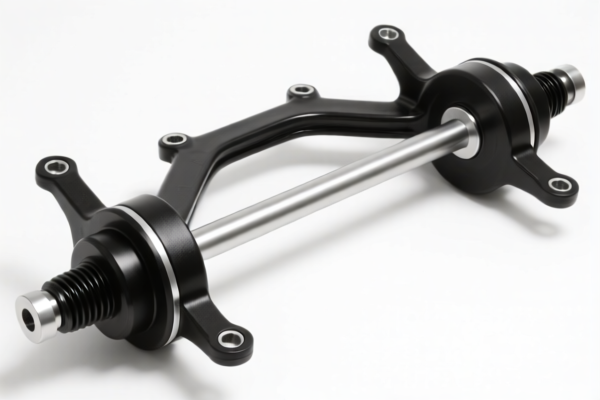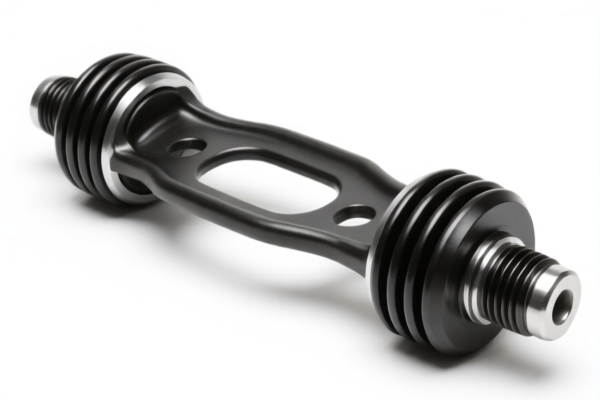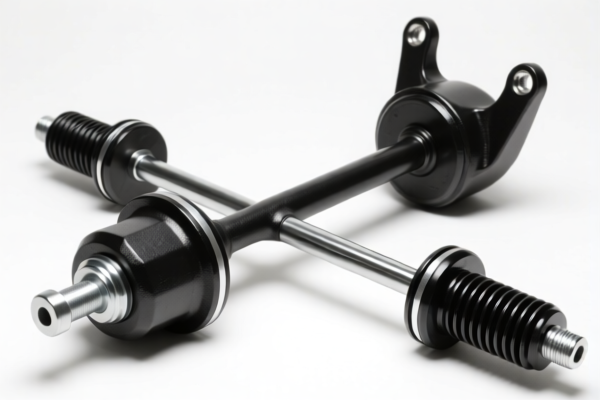| HS Code | Official Doc | Tariff Rate | Origin | Destination | Effective Date |
|---|---|---|---|---|---|
| 8511806000 | Doc | 57.5% | CN | US | 2025-05-12 |
| 8511906040 | Doc | 57.5% | CN | US | 2025-05-12 |
| 8543708000 | Doc | 55.0% | CN | US | 2025-05-12 |
| 8543708800 | Doc | 30.0% | CN | US | 2025-05-12 |
| 8708941000 | Doc | 55.0% | CN | US | 2025-05-12 |
| 8708946000 | Doc | 55.0% | CN | US | 2025-05-12 |
| 8714998000 | Doc | 47.5% | CN | US | 2025-05-12 |




Steering Engine
A steering engine, also known as a servo motor, is a rotary actuator which allows for precise control of angular position, velocity and acceleration. It typically consists of a motor coupled to a gearbox, control circuitry, and a feedback sensor.
Material
Steering engines utilize a variety of materials depending on their intended application and performance requirements:
- Motor: Commonly employ DC brushed or brushless DC motors. Brushless motors are preferred for higher efficiency, longer lifespan, and reduced maintenance, but are generally more expensive.
- Gearbox: Typically constructed from plastic (for lightweight applications) or metal (for high-torque, durability). Gear materials include nylon, ABS, polycarbonate, steel, and brass.
- Control Circuitry: Utilizes silicon-based integrated circuits (ICs) and electronic components.
- Feedback Sensor: Potentiometers are common for basic position feedback. Encoders (optical or magnetic) are used for higher precision and resolution.
- Housing: Plastic (ABS, polycarbonate) or metal (aluminum alloy) are used for the casing, providing protection and structural support.
Purpose
The primary purpose of a steering engine is to provide controlled and precise movement. They are used in applications requiring accurate positioning and holding of a load.
Function
Steering engines operate based on the principle of Pulse Width Modulation (PWM).
- PWM Signal: A PWM signal is sent to the control circuitry. The width of the pulse determines the desired angular position of the output shaft.
- Control Circuitry: The control circuitry interprets the PWM signal and drives the motor accordingly.
- Motor Rotation: The motor rotates, driving the output shaft through the gearbox.
- Gearbox: The gearbox reduces the motor's speed and increases its torque.
- Feedback Sensor: The feedback sensor measures the actual position of the output shaft.
- Closed-Loop Control: The control circuitry compares the desired position (from the PWM signal) to the actual position (from the feedback sensor) and adjusts the motor drive to minimize the difference. This creates a closed-loop control system.
Usage Scenarios
- Robotics: Controlling the movement of robotic arms, legs, and other joints.
- Radio Control (RC) Models: Controlling the steering, throttle, and other functions of RC cars, airplanes, boats, and helicopters.
- Camera Gimbals: Stabilizing cameras and providing smooth panning and tilting movements.
- Industrial Automation: Precise positioning of components in manufacturing processes.
- Door Locks: Automated control of door locking and unlocking mechanisms.
- Solar Tracking Systems: Adjusting the angle of solar panels to maximize sunlight exposure.
- Animation & Puppetry: Creating realistic and controlled movements in animatronic figures.
Common Types
- Standard Servos: Typically used in RC models and hobby projects. Offer moderate torque and speed.
- Micro Servos: Small size and lightweight, ideal for small robots and drones.
- Mini Servos: A compromise between standard and micro servos, offering a good balance of size, torque, and speed.
- Giant/High-Torque Servos: Used in large-scale robots and applications requiring high power.
- Continuous Rotation Servos: Modified servos that can rotate continuously in either direction, often used for driving wheels or tracks.
- Digital Servos: Utilize digital control circuitry for improved precision, speed, and holding torque.
- Brushless Servos: Employ brushless DC motors for higher efficiency, longer lifespan, and reduced maintenance.
Based on the provided information, the following HS codes are relevant to “steering engine”:
- 8708.94.10.00: This HS code falls under Chapter 87, which covers Parts and accessories of motor vehicles. Specifically, it relates to Heading 87.08, covering other parts and accessories. The subheading 8708.94 focuses on steering wheels, steering columns and steering boxes; parts thereof, and further specifies steering wheels, steering columns and steering boxes for tractors suitable for agricultural use.
- 8708.94.60.00: Similar to the above, this HS code is within Chapter 87 (Parts and accessories of motor vehicles), Heading 87.08 (other parts and accessories), and Subheading 8708.94 (steering wheels, steering columns and steering boxes; parts thereof). However, this code specifically covers parts for steering wheels, steering columns and steering boxes for tractors suitable for agricultural use.
According to the provided reference material, the HS code options related to 'steering engine' are limited, with only the following 2 found.
Please note that both HS codes 8708.94.10.00 and 8708.94.60.00 are specifically for steering components used in tractors suitable for agricultural use. If the steering engine is not intended for agricultural tractors, these codes may not be appropriate.
Customer Reviews
No reviews yet.